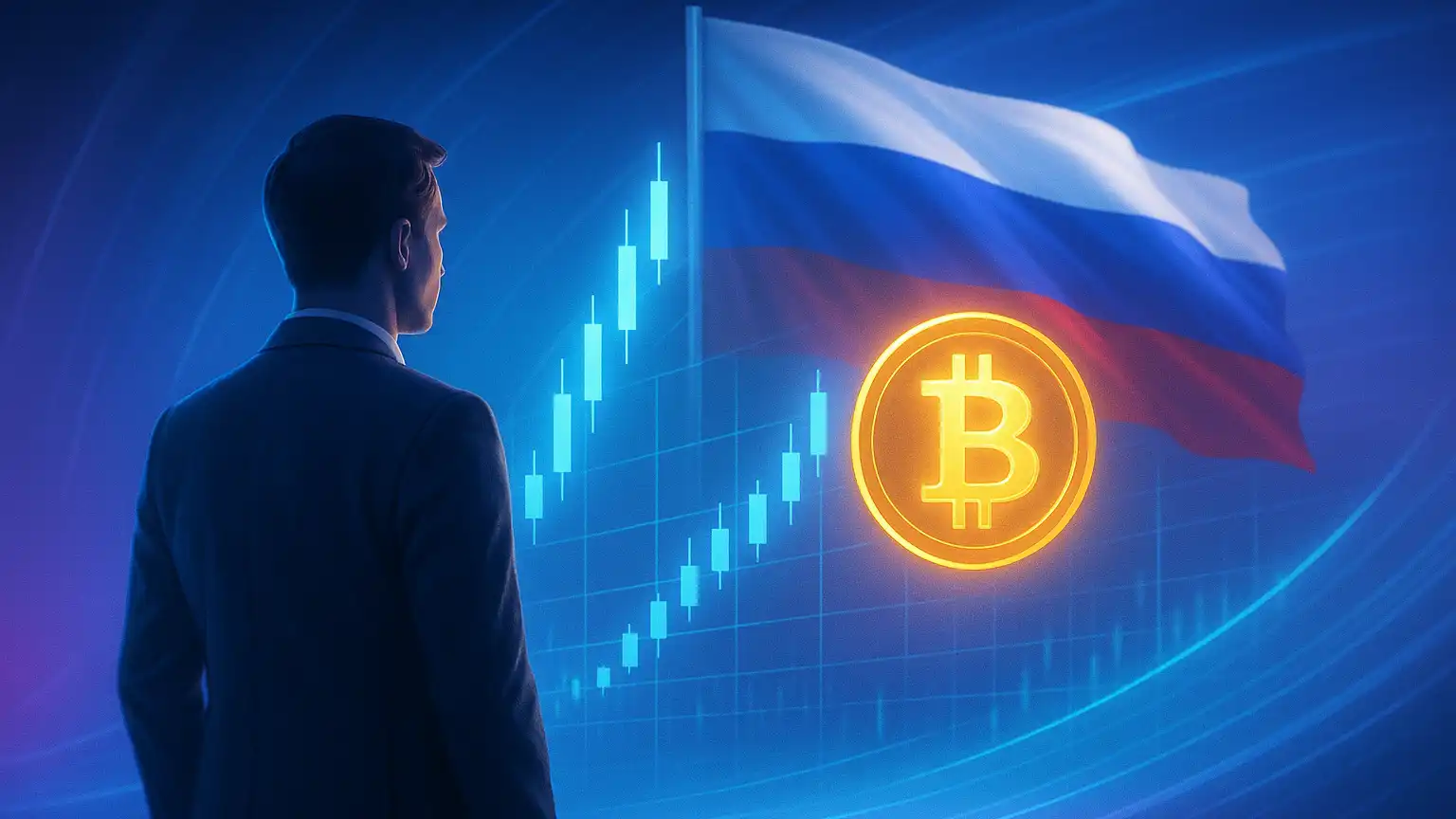Russia’s Evolving Cryptocurrency Landscape: A Shift Towards Institutional Integration

11 September 2025
Central Bank’s Experimental Crypto Trading Regime for Affluent Investors
In a significant policy shift, the Bank of Russia has proposed a three-year experimental legal framework to permit “specially qualified” investors to engage in cryptocurrency trading. This initiative marks a departure from the central bank’s historically stringent stance on digital assets. To qualify, individuals must possess investments in securities and deposits exceeding 100 million rubles (approximately $1.15 million) or have an annual income surpassing 50 million rubles. The primary objective is to enhance market transparency while acknowledging the inherent risks associated with crypto trading. Notably, the use of cryptocurrency as a payment method remains prohibited within Russia.
Financial Institutions Embrace Crypto-Linked Investment Products
Russian banks are increasingly integrating cryptocurrency into their service offerings. Sberbank, the nation’s largest lender, has introduced over-the-counter structured bonds linked to Bitcoin, targeting qualified investors. This product tracks Bitcoin’s price movements alongside the dollar/ruble exchange rate, providing indirect exposure to the crypto market. Similarly, T-Bank (formerly Tinkoff Bank) has launched digital financial assets tied to Bitcoin, allowing accredited investors to invest in cryptocurrency through familiar banking applications without the complexities of direct crypto exchange accounts. These developments signify a growing institutional acceptance of digital assets within Russia’s financial ecosystem.
Regulatory Measures to Control Crypto Mining and Enhance Infrastructure
To address energy consumption concerns, Russia has imposed seasonal bans on cryptocurrency mining in certain Siberian regions during winter months. These areas, known for their low-cost electricity from hydropower plants, have become hotspots for mining activities. Additionally, the government has restricted crypto mining in annexed regions of Ukraine, where energy infrastructure has been compromised. These measures aim to prevent power shortages and regulate the burgeoning mining industry. Concurrently, industry leaders advocate for the development of robust crypto infrastructure, emphasizing the need for the central bank to oversee and regulate these advancements to maintain financial stability and compliance with international standards.
Emergence of Alternative Payment Systems Amid Sanctions
In response to Western sanctions, Russia has witnessed the rise of alternative payment systems utilizing cryptocurrencies. The A7A5 stablecoin, pegged to the ruble and launched in Kyrgyzstan, has processed over $9 billion in transactions within four months. Designed to facilitate cross-border payments, A7A5 offers Russian importers a means to convert rubles into USDT (Tether), circumventing traditional financial channels. However, this development has raised concerns about potential misuse for sanctions evasion and illicit activities, prompting scrutiny from international authorities.
Conclusion: Navigating the Complexities of Crypto Integration
Russia’s approach to cryptocurrency is characterized by a delicate balance between embracing digital innovation and maintaining regulatory control. The central bank’s experimental trading regime for affluent investors, coupled with the introduction of crypto-linked financial products by major banks, indicates a cautious yet progressive integration of digital assets into the financial system. Simultaneously, regulatory measures targeting mining activities and the emergence of alternative payment systems underscore the complexities of managing this rapidly evolving landscape. As Russia continues to navigate these developments, the interplay between innovation, regulation, and international relations will shape the future trajectory of its cryptocurrency market.

